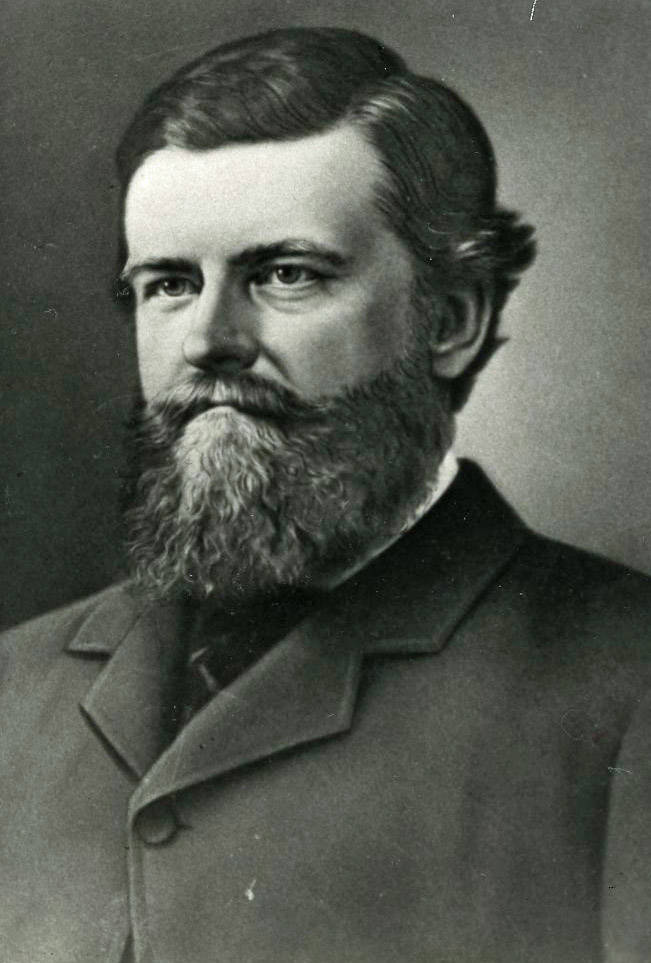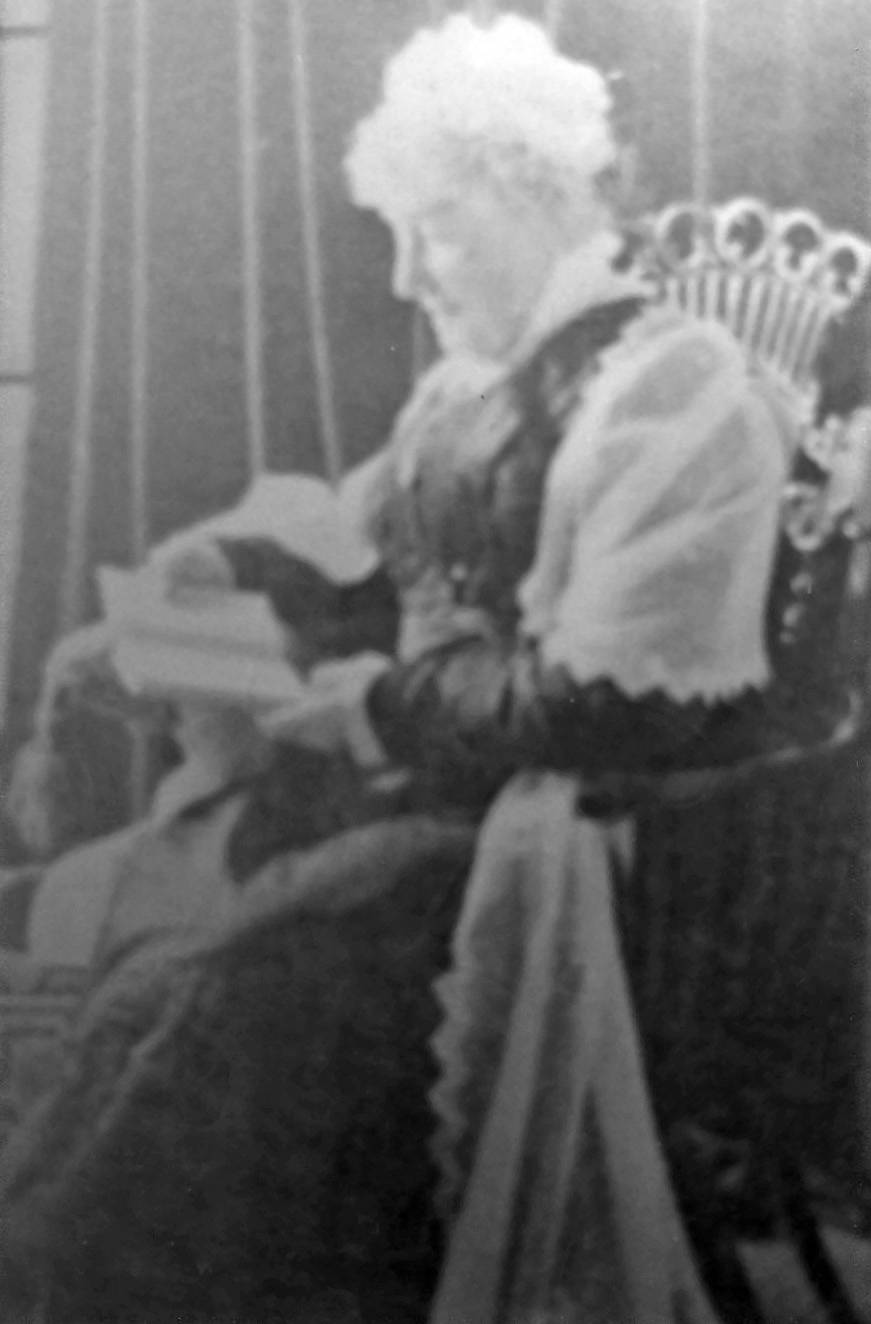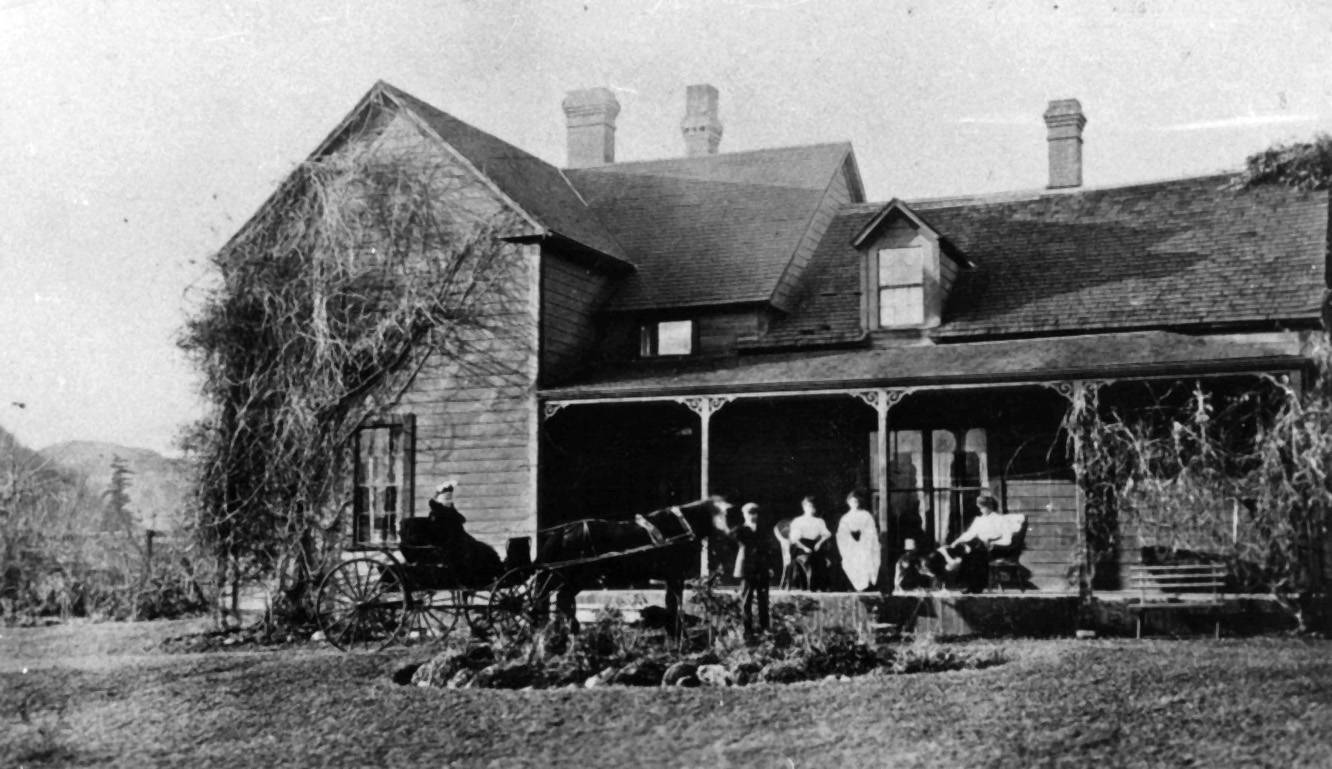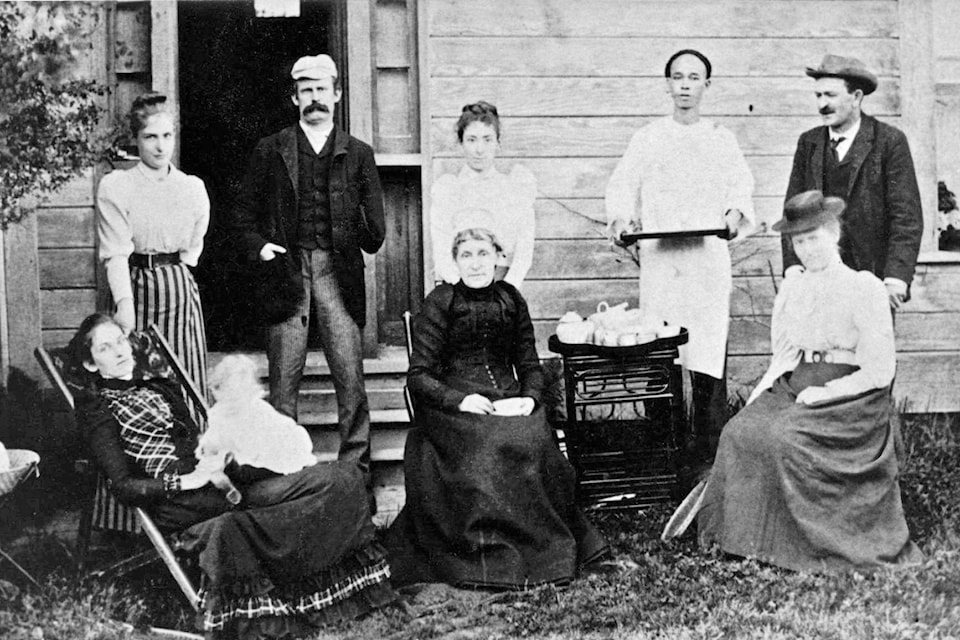By Luke Kelly
There was the sound of slow, lapping, waters that cascaded gently along the side of the Agassiz family’s raft.
The raft comprised of two canoes Lewis Agassiz had purchased, and with planks laid across and attached to either canoe, it was the best the family could do for transport. They were floating down river toward what would become their future home, and perhaps the thought of Ferny Coombe, the name they would give their homestead, was already swirling around Lewis’s mind as he urged the raft onward.
The children leaned against their luggage on the raft, positioned in a way so that they would not fall into the water. Mary Caroline Agassiz was next to the children, further assuring their safety on the raft. She might have glanced up toward her husband with cowed eyes, yet her mouth would have said determination without speaking a word.
If not for the rushing noise of the Fraser, the winds, the grating calls from their chickens, and the shaking trees along the banks, the family might have heard the faint echoes of the men who had come to this land for gold not long before the Agassizs came for opportunity.
Yes, Lewis Agassiz might have peered down briefly into the soft waters as their raft touched down onto the bank. If only for an instant, he might have squinted to see if any of those elusive golden flakes were to leap up before his eyes, before his attention would have again settled on the task at hand: farming, a homestead, a place his family could call home.
The family faced the expected trials of building up their home, which was situated “about 20 miles below Hope on the west side of the Indian Reserve and about one three-quarters miles back from the river,” as Lewis described to Henry E. Holmes and Charles Sanders, property managers of the time. Cold weather, Mary Agassiz’s seemingly perpetual pregnancy during those years and the natural resistances that came along with harvesting were all pitted against the Agassizs.
SEE ALSO: Uncovering buried history
One thing that was on the family’s side was their name. In 1868, an uncle of Lewis’s sent the family three hundred pounds sterling that allowed them to pay off the mortage of their log house at Ferny Coombe. In 1871, a Captain James Agassiz died and left the family one thousand pounds sterling. With this, the family further settled their homestead by purchasing equipment and upgrading their home.
The fortunes of the Agassiz family were reflected in their own efforts as settlers. They connected themselves to the British Columbian land as much as their name was connected to modest affluence back in Europe. Their connections to the land were forged in the strongest ways the family knew, by expanding their holdings and fostering connections with other Euro-Canadian settlers that had begun to spread across the valley.
At their peak, the Agassiz family owned sixteen hundred acres of land. The first post office was established at Ferny Coombe, and the first store in the district was also there.
It’s no surprise that this area was named after the shrewd family by the Joseph Trutch, the Lieutenant Governor of British Columbia at the time. With all things considered, would any other name have been as fitting?
Want to read more about the history of the District of Kent for its 125th anniversary? Check out agassizharrisonobserver.com/tag/kent-125/.
news@ahobserver.com
Like us on Facebook and follow us on Twitter



